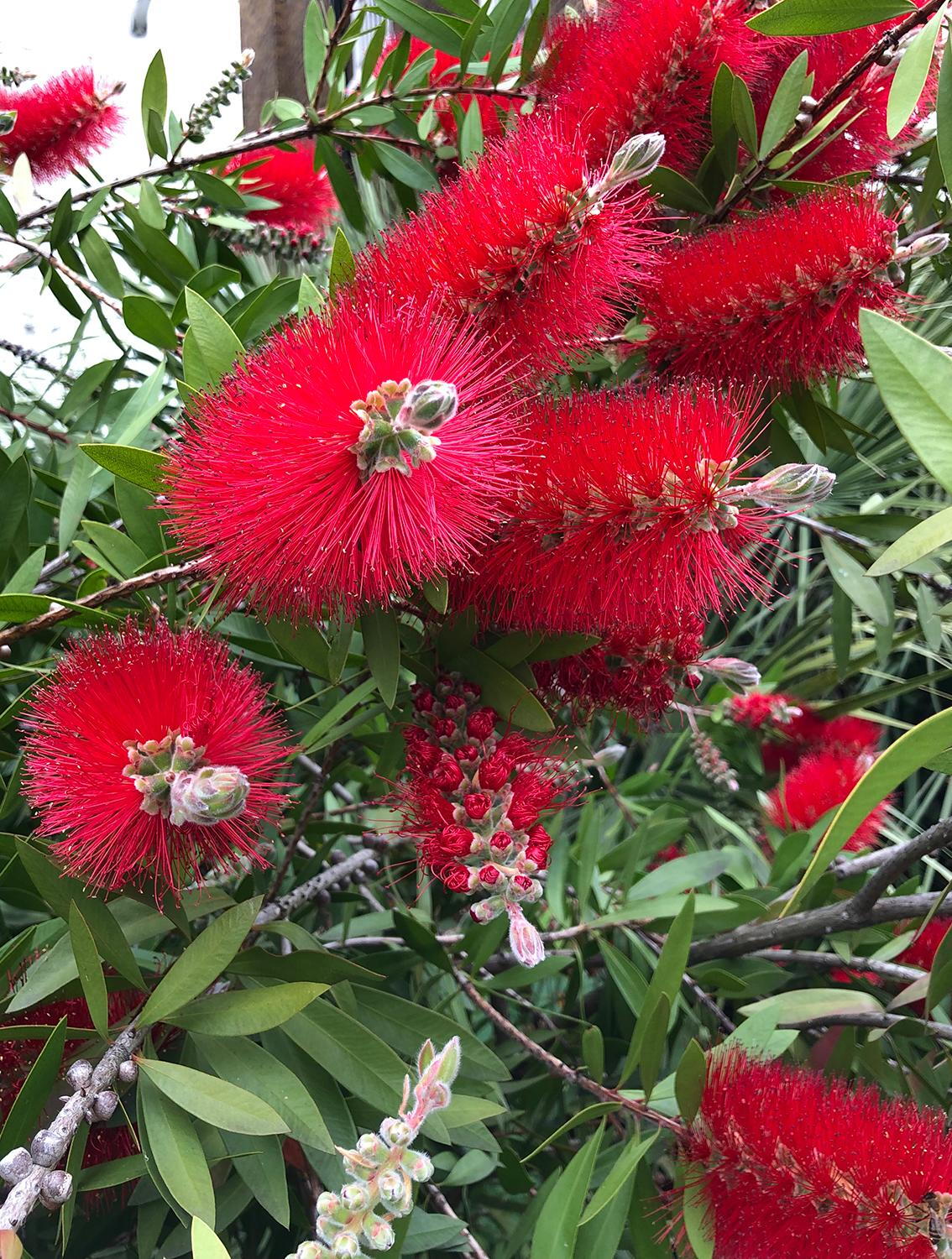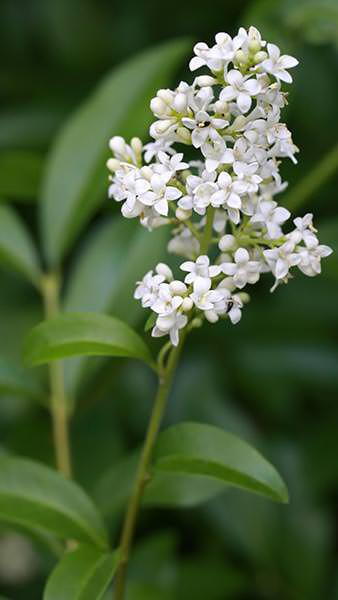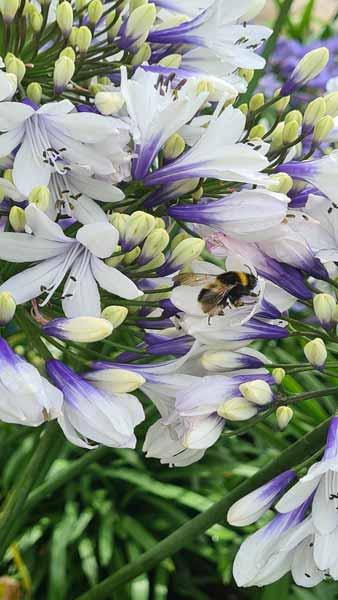Callistemon Laevis Scarlet Bottlebrush Callistemon Rugulosus Shrub
Callistemon Laevis, or Scarlet Bottlebrush, is also known as Callistemon Rugulosus. This is a true exotic, whose unusual red flowers and evergreen foliage make this shrub a great landscape or conservatory plant.Native to Australia, Callistemon Laevis has been grown in the UK since the early 1800’s and is one of the best suited to the British climate. The aromatic, dark green lance-shaped leaves remain year-round. In late spring and summer, the bright red flowers with yellow anthers, shaped like bottle brushes, are produced in abundance, creating a stunning show.Hardy in coastal and relatively mild parts of the UK, Callistemon Laevis can be grown as a conservatory plant in colder regions. Unchecked, it will grow to a mature height and spread of 4 metres in 10 to 20 years. Cut off spent blooms. Bushes should be pruned back when young to encourage dense growth, and more mature plants can be cut back to a smaller size in stages over the course of a growing season. If grown in a container, Scarlet Bottlebrush can be cut back hard every winter to keep it to a small size. Plant your Scarlet Bottlebrush in full sun in a sheltered position with a south or west facing aspect, in well-drained clay, sand or loam soil with a neutral to acid ph. Fertilize once a year in spring. If conservatory grown, use a loam-based compost, and place the container in full light with good ventilation. During the growing season, keep Callistemon Laevis well-watered and fertilize monthly, but cut back on water and feedings in the winter.In milder regions, a Callistemon Laevis will make a stunning specimen in a sheltered location, such as in a courtyard or against a sunny wall, where it can be trellised for a really spectacular effect. In a Mediterranean-style garden, its evergreen foliage and brilliant blooms will be a striking addition. Potted and placed outside for the spring and summer, a Scarlet Bottlebrush will be a stand-out on your patio or rooftop terrace, before being placed in a sheltered greenhouse for the winter months. Callistemon Laevis will add an air of tropical excitement to your garden with its evergreen foliage and bright red flowers!









